![[Java 실무 프로젝트 심화편] Spring Core + H2 기반 푸드 트럭 키오스크 시스템 제작Course Thumbnail](https://cdn.inflearn.com/public/files/courses/336594/cover/01k8hetsq20rg69zw5ve0q5729?w=420)
[Java 실무 프로젝트 심화편] Spring Core + H2 기반 푸드 트럭 키오스크 시스템 제작
Kevin
실무 감각을 키우고 싶은 입문 개발자를 위한 Java 심화 프로젝트 강의! Spring Core, JdbcClient, H2 DB로 구성된 콘솔 기반 키오스크 주문 시스템을 함께 만들어갑니다.
Basic
Java, Spring Boot, DDD
If you want to create a reactive application based on Spring WebFlux, take Kevin's easy-to-understand Spring Reactive WebApplications course. He will kindly guide you into the world of reactivity. ^^
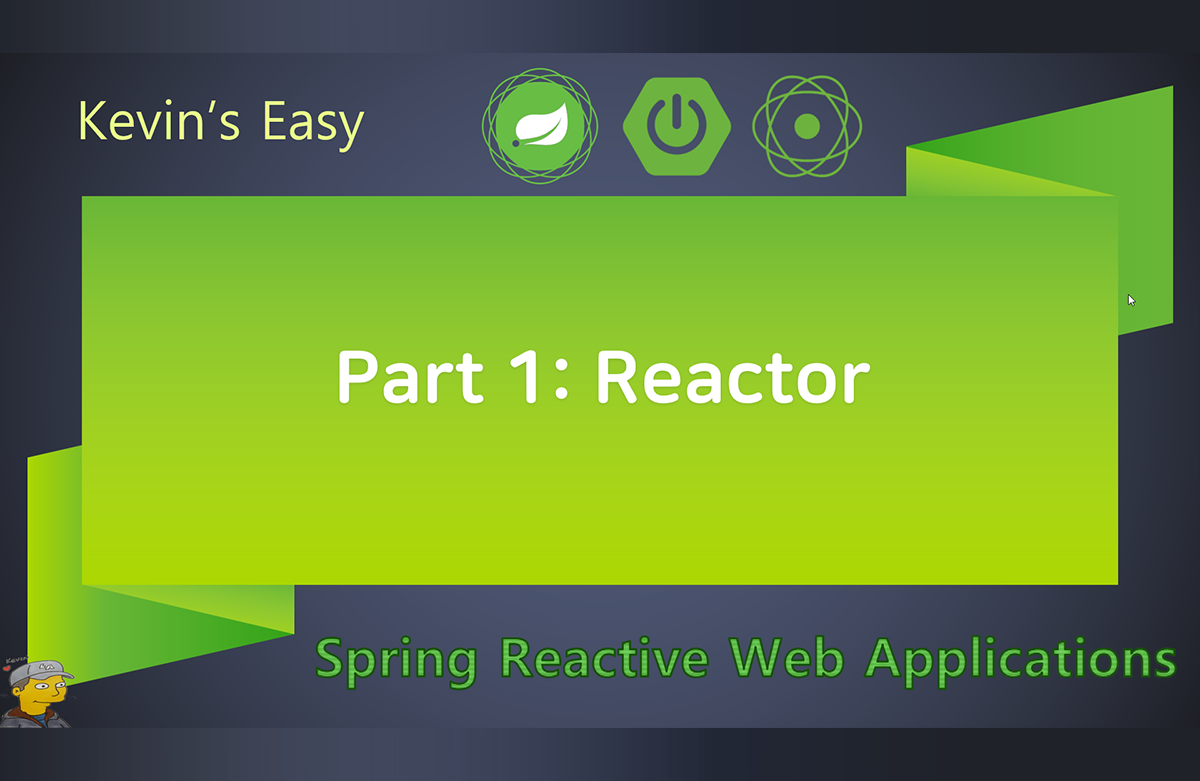
Concepts of Reactive Systems and Reactive Programming
Concept of Blocking I/O and Non-Blocking I/O
Project Reactor
How to read a Marvel diagram
The concept of Cold Sequence and Hot Sequence
How to debug Reactor Sequence
How to Test Reactor Sequence
From the concept of reactive programming to app implementation
Join this lecture! 🌱
There are many books and lectures on Spring MVC in Korea. However, lectures on reactive programming based on Spring WebFlux and purely domestic books are not common.
As an instructor and author, it is not easy to easily explain a difficult technology called Spring WebFlux, and we do not yet know that Spring WebFlux is a technology that shows better performance than Spring MVC.
Kevin, who opened Kevin's easy-to-understand RxJava lecture, brings you the reactive programming series in Inflearn lectures and books after 3 years!
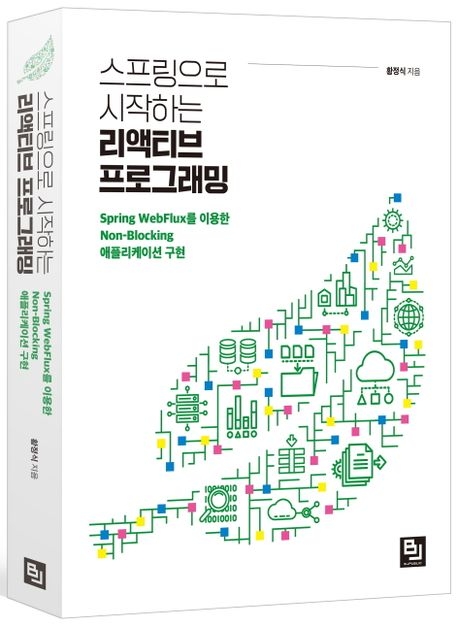
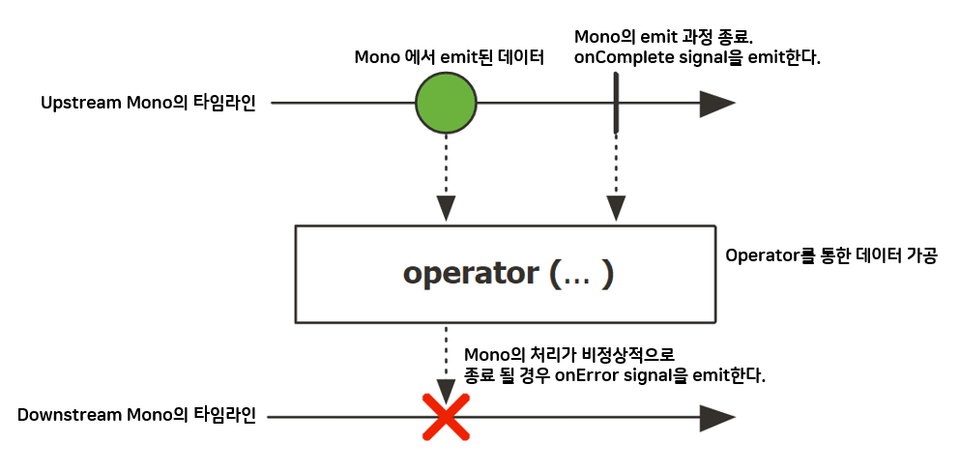
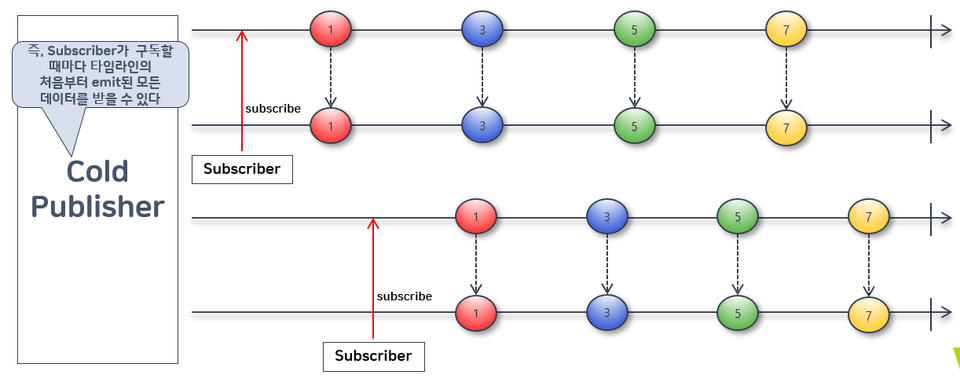
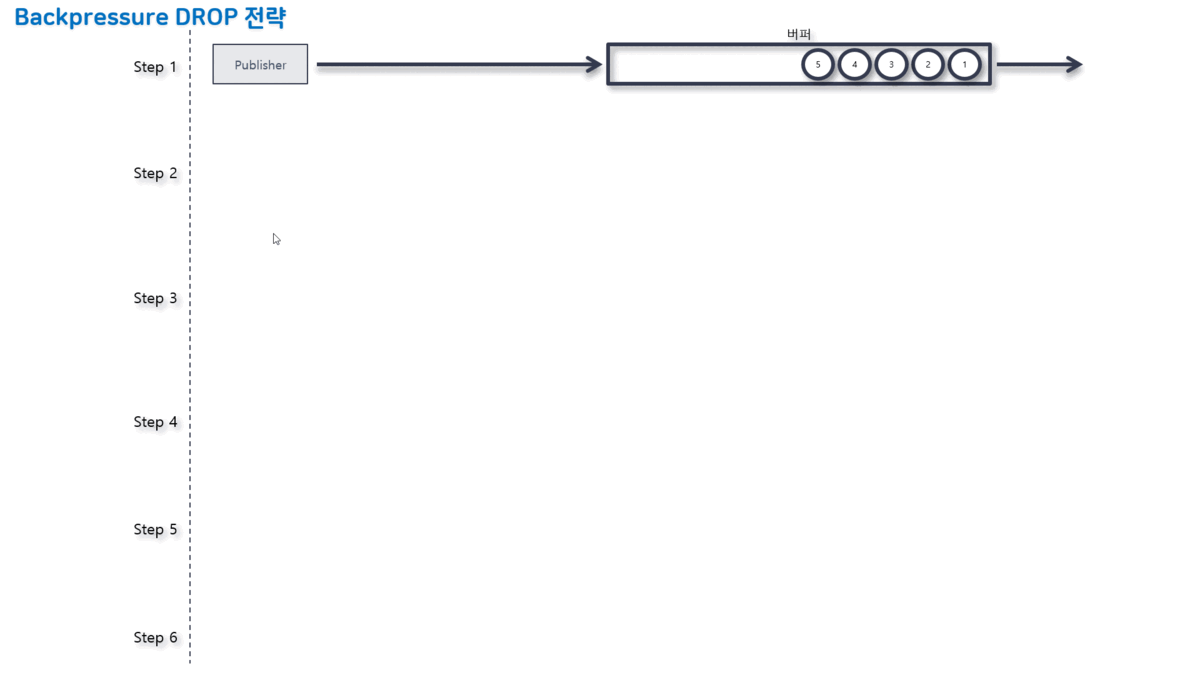
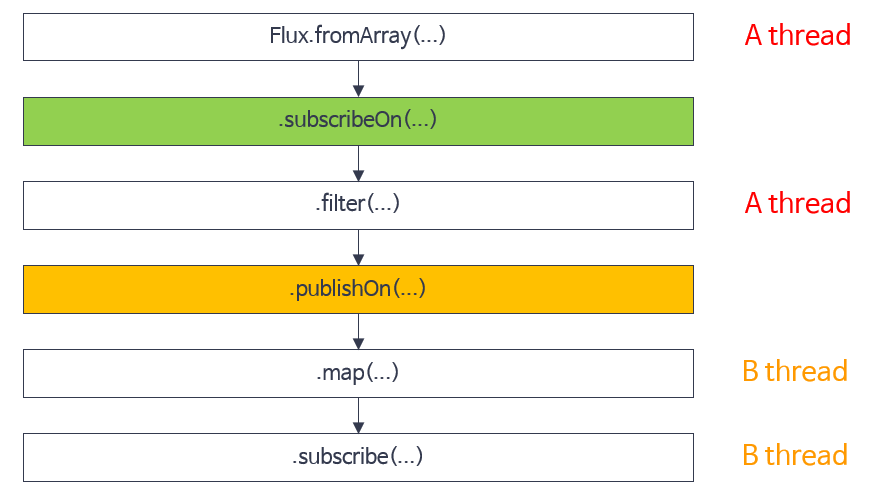
💡 Things to note before taking the class
Kevin's Easy to Understand Spring Reactive Web Applications will be divided into three parts.
Q. How difficult is the lecture?
If you have experience in creating web applications using Java programming and Spring MVC, you can easily understand this course. Of course, if you watch the lecture once and listen to the parts you don't understand three or four times, and type in the code, I think you can understand this course.
Q. How is the lecture conducted?
All classes are structured so that you can understand the core concepts through lecture materials and then solidify those concepts with example code.
Q. What are the benefits of learning Spring-based reactive programming?
You can implement reactive, non-blocking applications that perform better than Spring MVC-based applications, thereby stepping up as a more competitive developer.
Q. Is the content of the lecture the same as the content in the book ‘Reactive Programming with Spring’?
Much of the content is the same as the book, but it includes additional content and example codes that were not included in the book, which has a deadline for publication.
Q. Where can I download the original example code used in the lecture?
All example codes explained in class are uploaded to github and can be downloaded from the address below.
Who is this course right for?
Junior developers who want to learn reactive programming
Developers who want to learn the basics of Project Reactor
Anyone who wants to develop a reactive web application based on Spring
If you want to develop an application with better performance than Spring MVC
Need to know before starting?
Java
Experience implementing Spring MVC applications
6,341
Learners
235
Reviews
108
Answers
4.8
Rating
7
Courses
- 주력 언어 또는 기술 : Java, Spring Framework, RxJava, Reactor, Spring WebFlux
- (주)코드스테이츠(https://www.codestates.com)에서 Senior Educational Software Engineer(Backend)로 활동
(From 2022.03 To 2024.01.31)
- 프리랜서 개발자 및 강사로 활동(From 2024.02)
- 저서
안녕하세요? Kevin이라고 합니다. ^^
인프런에서 이렇게 강사로서 여러분들을 만나게 되어서 너무 반갑습니다.
어떤 분야든 마찬가지겠지만 특히나 소프트웨어 개발자는 끊임없이 변화하는 트렌드에 뒤처지지 않도록 항상 자기 자신을 갈고 닦는것이 개발자로써 살아남는 유일한 방법이라고 생각하며 항상 배우는 자세로 즐겁게 소프트웨어 개발을 하고 있는 개발자 중 한 명입니다.
제가 가지고 있는 지식과 경험이 다른 분들에게 조금이나마 도움이 되기를 바라면서 인프런에서 강좌를 시작하였습니다.
앞으로 수강생분들에게 현실적으로 도움이 되는 다양한 강좌로 꾸준히 찾아뵙도록 하겠습니다. 감사합니다.
질문이나 의견은 언제든지 환영하니, 이메일(it.village.host@gmail.com)로 편하게 얘기해주세요.
All
28 lectures ∙ (5hr 57min)
Course Materials:
All
25 reviews
4.8
25 reviews
Reviews 14
∙
Average Rating 4.9
Reviews 19
∙
Average Rating 4.5
Reviews 23
∙
Average Rating 4.3
Reviews 9
∙
Average Rating 4.9
Reviews 10
∙
Average Rating 4.5
Limited time deal
$55,000.00
16%
$51.70
Check out other courses by the instructor!
Explore other courses in the same field!